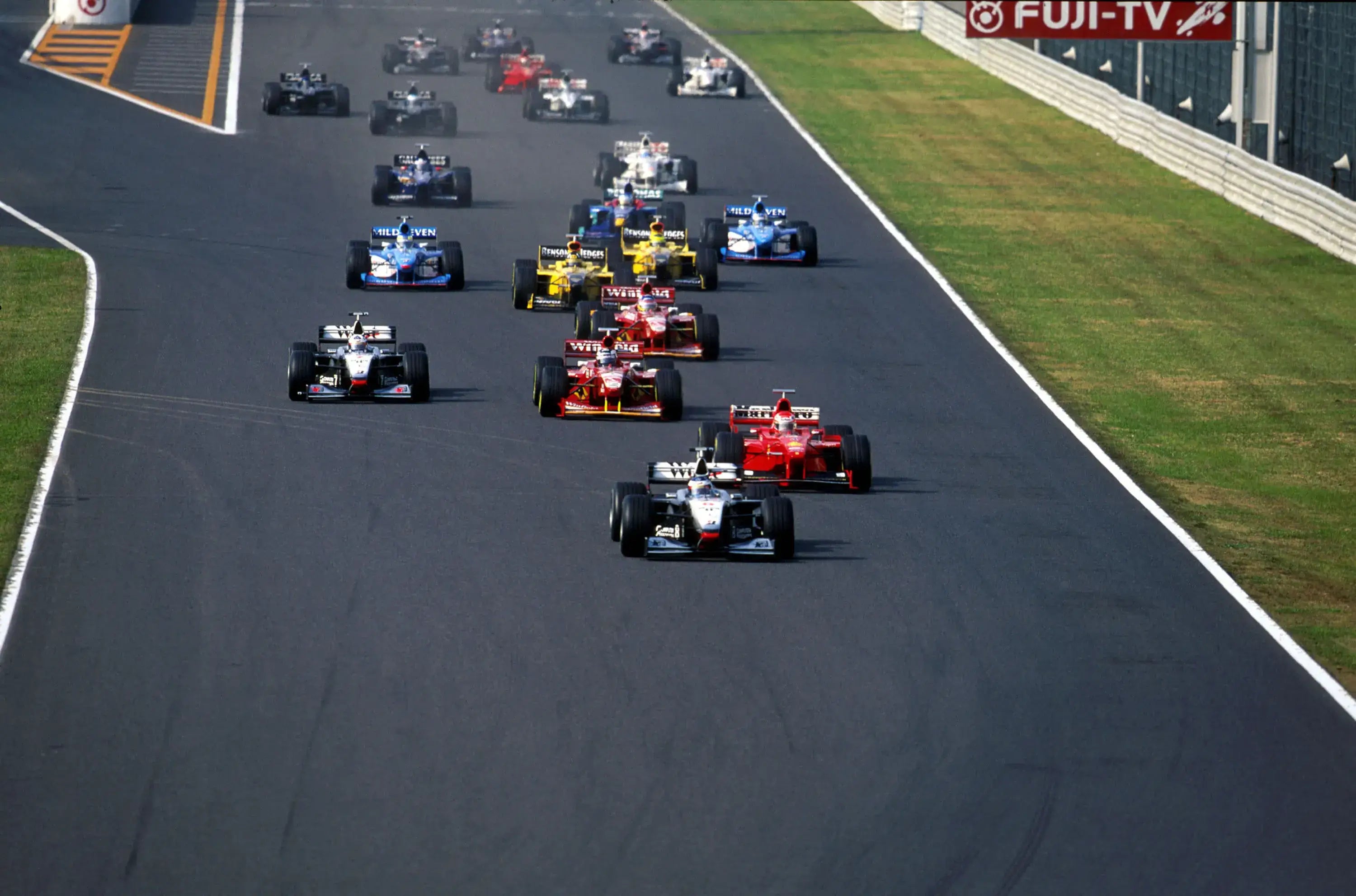McLaren ruled the roost in the late 1980s, its simplistic Marlboro-sponsored red-and-white machines going down in folklore, heightened by the intense rivalry between Ayrton Senna and Alain Prost. The trophy cabinet in woking bulged with the tin pots that were returning from each Grand Prix.
But by the mid-1990s the shine had been taken off McLaren. Prost had long since gone, Senna exited while Honda also upped sticks and headed back to Japan. An alliance with Ford was short-lived while a bonhomie with Peugeot proved even briefer due to the French marque’s propensity to supply engines that were both underpowered and unreliable.
An attempt to lure a 40-something Nigel Mansell back to the scene lasted just two humiliating races while rising star Mika Hakkinen suffered a near-fatal accident that shocked the team. Williams, Ferrari and Benetton all pulled ahead of a once dominant force but by 1998 McLaren was on the up. It formed a partnership with German giants Mercedes, via engine tuner Ilmor, while a refreshed livery arrived in the shape of West, creating menacing-looking black-and-silver machines. Hakkinen had long since recovered from his accident, David Coulthard arrived from Williams while so did design ace Adrian Newey. In 1997 McLaren remembered how to win, in fact doing so three times, while new regulations provided an opportunity for 1998.
 Mika Häkkinen leading in the McLaren-Mercedes MP4-13 at the Japanese Grand Prix 1998. Image courtesy Hoch Zwei
Mika Häkkinen leading in the McLaren-Mercedes MP4-13 at the Japanese Grand Prix 1998. Image courtesy Hoch Zwei
Under the revised regulations the width of a Formula 1 car was reduced from 2m to 1.8m while grooved tyres replaced slick rubber, a change that coincided with McLaren transitioning from Goodyear to Bridgestone. Under the guidance of Newey, Chief Designer Neil Oatley and Engineering Director Steve Nichols McLaren produced the sleek and elegant MP4/13, powered by the grunt of Mercedes’ F0-110G V10 engine. McLaren retained the low-level nose design concept from the previous season’s MP4/12, overhauled the front suspension with inboard vertical dampers, and altered its geometry to accommodate the new Bridgestone grooved tyres.
The result was a devastatingly fast car.
 David Coulthard, McLaren-Mercedes MP4-13., Brazilian Grand Prix 1998. Image courtesy Hoch Zwei
David Coulthard, McLaren-Mercedes MP4-13., Brazilian Grand Prix 1998. Image courtesy Hoch Zwei
McLaren’s MP4/13 was a full three-quarters of a second clear of the field during qualifying at the season-opener in Melbourne’s Albert Park. In the race Hakkinen fronted Coulthard in an orchestrated finish as McLaren lapped the entire field. As the bitter wind of reality swept through Maranello Ferrari responded in its usual fashion – by protesting. It queried the legality of the asymmetric braking systems that had been developed onto the MP4/13 and, despite having been given approval by the FIA pre-season, stewards sided with Ferrari. Rather than embark on a potentially costly and distracting legal case McLaren withdrew the system from the MP4/13, confident that it wasn’t a game-changer – and still dominated the second round in Brazil.
 Mika Häkkinen and David Coulthard in McLaren MP4-13 at the Australian Grand Prix 1998. Image courtesy Hoch Zwei
Mika Häkkinen and David Coulthard in McLaren MP4-13 at the Australian Grand Prix 1998. Image courtesy Hoch Zwei
For the rest of the season McLaren was regularly locked in battle with Ferrari. The MP4/13 was the faster machine but slightly more fragile when compared to its adversary, allowing the canny Schumacher to remain in title reckoning up against Hakkinen, who was getting used to life as a regular front-runner. Reliability gremlins hurt Hakkinen’s prospects in Canada, Hungary and Italy, while the fickle weather intervened in Belgium. They entered the penultimate round level on points but an emphatic victory for Hakkinen on Schumacher’s home turf at the Nurburgring was followed by an equally peerless display at the Suzuka decider, giving him his maiden world title. Nine victories, 20 podiums and 12 poles from 16 events gave McLaren the Constructors’ Championship, its eighth in total and first since 1991.
 Mika Häkkinen in the McLaren MP4-13 closely followed by Michael Schumacher's Ferrari F300 at the Italian Grand Prix 1998. Image courtesy Hoch Zwei
Mika Häkkinen in the McLaren MP4-13 closely followed by Michael Schumacher's Ferrari F300 at the Italian Grand Prix 1998. Image courtesy Hoch Zwei
“That race I remember I really felt the power of a big team; what they could really do if they were really focusing with the full energy for the championship; focusing on one driver to win,” Hakkinen recalled. “My car was so perfect, whatever they did, they just made the car incredible, all the best parts, every little detail was so finalised by the team. When I arrived, I saw the car I said to the mechanics what is going on here? Everything was just perfect because they wanted also to create for my head the confidence that, ‘Mika, we are behind you, we are going to win together’. It was incredible to see that.”
 Mika Häkkinen, Gerhard Berger and Michael Schumacher, German Grand Prix 1997. Image courtesy Hoch Zwei
Mika Häkkinen, Gerhard Berger and Michael Schumacher, German Grand Prix 1997. Image courtesy Hoch Zwei
Such was the esteem in which the car was held that in 2018, 20 years after his title triumph, Hakkinen was invited back to Suzuka, and was reunited with the MP4/13. Hakkinen took the car out on a demonstration run beneath the sun-kissed Suzuka sky and it wasn’t just a cruise around, much to the delight of paddock personnel who hung from the pit wall and fans that crowded into the circuit early on race day. To this day the MP4/13 remains the last car to have delivered a Constructors’ Championship for McLaren and a high watermark of the 1990s for the team.














































